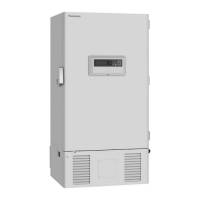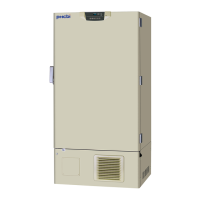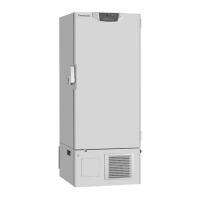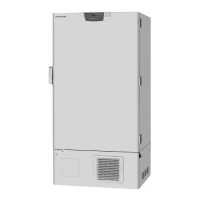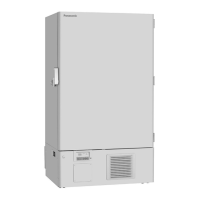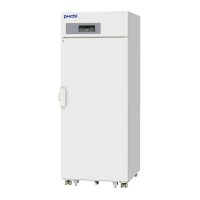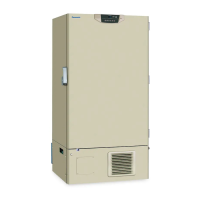What to do if my Panasonic Freezer cooling is poor?
- AAndrew MillsAug 8, 2025
If your Panasonic Freezer isn't cooling well, several factors could be the cause. Here's what to check: * Ensure the outer and inner doors are closed tightly and correctly installed. * Reduce the environmental temperature and relocate the freezer away from direct sunlight and heating sources. * Unblock the air intake vent and clear the blockage of the grille. * Clean any frost or ice between the cabinet and door gasket. * Adjust the set temperature in the controller properly. * Make sure the rubber cap and insulation for the access port are set correctly. * Reduce the number of unfrozen articles in the freezer compartment.


